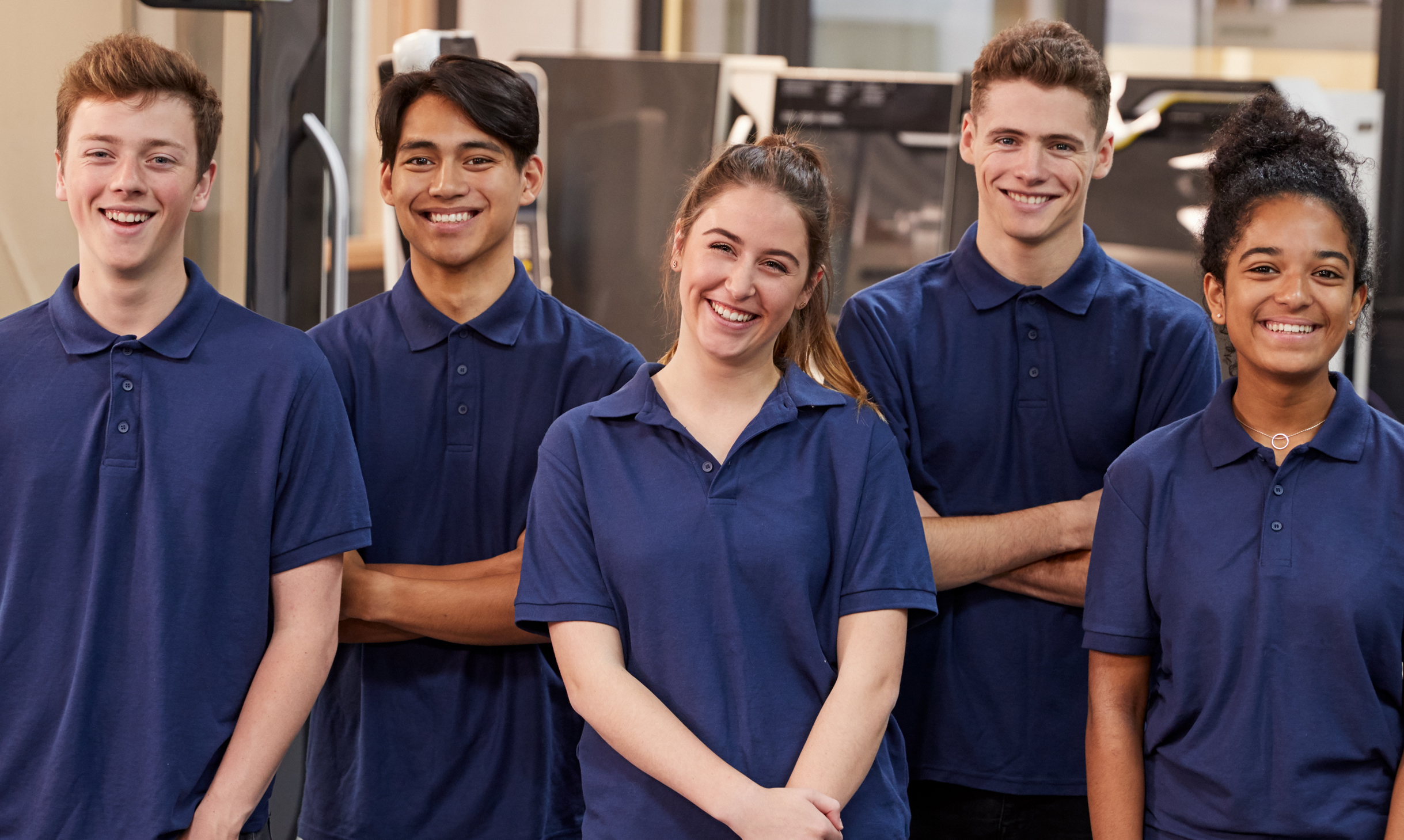Held on the first Friday of October each year, the National Association of Manufacturers organizes Manufacturing Day. Its purpose? To raise awareness among students, parents, educators, and the general public about modern manufacturing and the rewarding careers available. Since its inception, both the manufacturing industry and federal agencies have gotten creative with their outreach initiatives in an effort to dispel some of the “dull and dirty” misconceptions about such jobs, from official proclamations and factory tours to mobile escape room experiences.
Despite such efforts, and arguably accelerated by the resource shortages perpetuated by the pandemic, the skills gap in American manufacturing is reported to reach 2.4 million jobs unfilled through 2028, causing a potential economic loss of $2.5 trillion. As we recover, industry, educators, and government agencies are tasked to not only think differently regarding how to build career awareness but to incite action in order to help the public perceive U.S. manufacturing as the modern, vibrant, growing industry that it is today, so that it will continue to be tomorrow.
Three opportunities for reaching manufacturing’s next workforce generation:
1. Gaming: Gen Z (those aged 9-24) grew up and teched up in 2020-21. They’re also more likely to consider working in manufacturing than previous generations. The manufacturing industry should consider developing technology that utilizes gamification to simulate vocational experiences in order to take advantage of Gen Z’s unique skills and interests – no matter where they are. Unfortunately, according to President and CEO of L2L, Keith Barr, the industry hasn’t fully explained the dynamic, technology-driven environment of the modern plant floor.” Mobile gamification allows for scalability and reach, even in under-resourced communities.
2. Earlier Intervention: According to a survey, 75% of Americans have never had a counselor, teacher or mentor suggest they look into attending trade or vocational school as a means to a viable career. Why? In part because teachers and counselors require a four-year-degree for their careers which intrinsically feeds the stigma, whether intentional or not. Even those who do tout the benefits of an ‘alternative route’ in high school, it’s often too late. Disappearing are the days of rote physical acts performed on a factory floor. As emerging technologies displace low-skill jobs in modern manufacturing, new jobs require new skills, requiring a keen balance of art and science. The earlier a student becomes versed in these skills and is exposed to corresponding pathways in middle school, the more deliberate and prepared they can be in navigating their own hopes and dreams, not those of their predecessors.
3. Increased access to hands-on learning and apprenticeships: Preparing students for their future careers through experiential learning opportunities outside of the classroom is like trying one on. If someone demonstrates proficiencies and interest that industry is looking for, corresponding educational and career pathways can be strategically offered and incentivized to an already vetted, future employee. If the opposite, investment in training in a non-viable employee is removed from a company’s bottom line. Vital Link, an example of a non-profit organization in Southern California offers students hands-on programs that introduce them to the world of robotics, engineering, manufacturing, healthcare and medical, computer programming, digital media arts, and automotive technology enabling them to explore their interests, expand their skill sets, and develop a network to create pathways to “jumpstart” their future careers – an expedition manufacturing so desperately needs.
For the skills gap to close, more than factory doors need to open; so do our minds. Will Healy III, a mechanical engineer at Purdue University, perhaps says it best. “Pick something you will do different in 2022. You have to.”
Care to share your own ideas for closing the skills gap in 2022? Please comment below.
